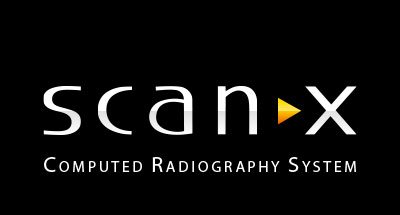Computed Radiography (CR)
Sometimes called “film replacement technology”, Computed Radiography (CR) uses a flexible phosphor Imaging Plate (IP) to capture digital images instead of conventional photographic film.
CR has several significant advantages:
– Phosphor Imaging Plates are reusable
– Chemical processing and a darkroom are not required
– Plate exposure times are typically less than film
– ScanX View Software offers the tools to optimize image quality
– Digital information is easily stored and shared
CR follows a simple 3-step process:
When the IP is exposed to X-ray or gamma radiation, the phosphor layer in the plate stores the image.
As the IP is read by the scanner, a focused laser releases the stored image in the form of visible light photons.
These photons are collected and amplified by the scanner, converted to a digital signal and then transferred to a computer for processing and display.
What are the advantages?
Film radiography offers little opportunity to vary the technique, other than picking a different film type. CR also offers different imaging plates, but also there are many scanner control parameters that can be adjusted to the required inspection task, optimizing image quality and maximizing productivity.
High definition Computed Radiography
When used with correspondingly high resolution phosphor storage plates, the ScanX Discover HR meets all the stringent requirements of the EN14784, EN17636 and ASTM E2446 standards.
This combination of high resolution imaging plates and the ScanX Discover HR scanner achieves a Basic Spatial Resolution (BSR) of 30 µm across all system classes.

